#mamluks
Text
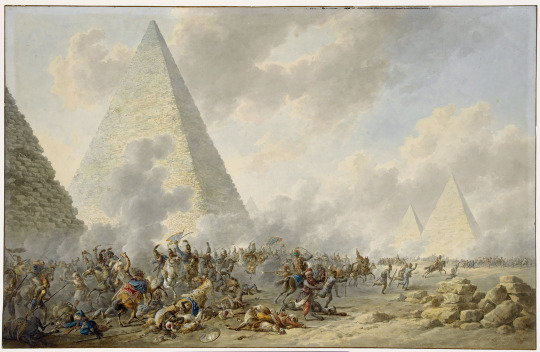
The Battle of the Pyramids by Dirk Langendijk
#battle of the pyramids#art#dirk langendijk#egypt#napoleonic#france#french#egyptian#campaign#french revolutionary wars#history#europe#european#pyramid#pyramids#french republic#ottoman empire#mamluks#napoleonic wars#landscape
180 notes
·
View notes
Note
You referred to GRRM's insulting equivalent of the Mamluks and Janissaries. You wouldn't mind elaborating on why you think so?
Sure, I don't mind. As always, a proper historian is free to correct me if and where I've gotten something wrong.
The Mamluks and Janissaries were not eunuchs, were not given drugs, were not made to change their names every day, and were not forced to kill puppies or babies as part of their training
Over time, they grew so powerful that, like the Praetorian Guard of the Roman Empire, they became the power behind the throne and literal kingmakers, as more than one Ottoman sultan learned the hard way when he tried to rein in the Janissaries to give just one example
The Mamluks and Janissaries did not use tactics and equipment that were millennia behind the curve
Retired Janissaries were given positions of importance within the Ottoman bureaucracy
The Mamluks were the only ones allowed to openly carry weapons and the Janissaries were the first military unit in the world to have their own marching band
To be a Mamluk was prestigious enough for parents to sell their own children into slavery for a shot at being one
As part of their training, the Janissaries were given a formal education
(Its things like this that make me thankful GRRM doesn't have an equivalent of Arabs or Islam in his setting.)
Thanks for the question, @cynicalclassicist
7 notes
·
View notes
Photo

Battle of the Pyramids
The Battle of the Pyramids (21 July 1798), or the Battle of Embabeh, was a significant battle fought during Napoleon's Campaign in Egypt and Syria. On a battlefield 15 km (9 mi) away from the Great Pyramid of Giza, Napoleon Bonaparte's French army won a major victory over a larger Mamluk force, allowing the French to occupy Cairo three days later.
Continue reading...
40 notes
·
View notes
Text
This is a good look at primary sources for Black soldiers in the early Islamic era:
This article provides a good overall summary of things that will be covered in-depth on further days this Black History Month. Namely that Islamic views of the Bilal Al-Sudan were marked by proto-racial arrogance and hubris that led them to a prototype of the British 'Martial Races' construct. Many of the Mamluk armies that became the foundation of medieval Islamic states were led by Black soldiers, and this was in no small part because the Islamic world's proto-racial concepts led them to view the bloodline of 'true' Arabs of the Hijaz as innately superior even to the sedentary urban civilizations of Iran and Byzantium, let alone to what was to them an exotic distant hinterland.....but that same 'primitive' aspect they convinced themselves was there made good soldiers.
The arrogance and myths here are the exact same kind of self-deception that went into the British viewing the Sikhs as a 'martial race' because the Sikhs gave as good as they got in wars and they couldn't admit that their power was based on a great deal of bluffs and the relative fortune that Indian kings and emperors never had a breathing space to fully consolidate their reforms on larger scales. All empires are evil and all imperial lies function on the same self-serving delusions.
3 notes
·
View notes
Text
4 notes
·
View notes
Text
𝗗𝘆𝗻𝗮𝘀𝘁𝗶𝗲𝘀 𝘄𝗶𝘁𝗵 𝗺𝗮𝗺𝗹𝘂𝗸 𝗼𝗿𝗶𝗴𝗶𝗻𝘀:
- 𝗧𝘂𝗹𝘂𝗻𝗶𝗱𝘀 (𝟴𝟲𝟴–𝟵𝟬𝟱 𝗖𝗘):
The Tulunid dynasty (al-ṭūlūnīūn) was founded and named after the Abbasid Turkic general and governor of Egypt - Ahmad ibn Tulun - in the year 868 CE, who formed the first ever independent state in Egypt (as well as parts of Syria) since the Ptolemaic dynasty (around 898 years prior).
Ahmad’s father Tulun was said to be a Turk from the region known to the Arabs as Tagharghar or in Turkic, Toghuz-oghuz or Toghuzghuz; this region by medieval Arab historians is attributed to the 𝐔𝐢𝐠𝐡𝐮𝐫 𝐅𝐞𝐝𝐞𝐫𝐚𝐭𝐢𝐨𝐧 𝐨𝐫 𝐔𝐲𝐠𝐡𝐮𝐫 𝐊𝐡𝐚𝐧𝐚𝐭𝐞/𝐔𝐢𝐠𝐡𝐮𝐫 𝐊𝐡𝐚𝐧𝐚𝐭𝐞.
The Tulunids were the first state/dynasty of Turkic mamluk origins and reigned from 868 to 905 CE with nominal autonomy, until the Abbasid Caliphate brought their domains back into Abbasid control.
Pictured below is the Ahmad ibn Tulun Mosque constructed between the years 876-879 CE. The mosque was meant to serve as the main congregational mosque in the new Tulunid capital of Al Qata’i, and is the oldest mosque/masjid in Egypt and one of the oldest in all of Africa.
Its architectural style is that of Samarra (Iraq/Mesopotamia) and very closely resembles the Great Mosque of Samarra constructed by the Abbasids between the years 847-861 CE.
(Share!)
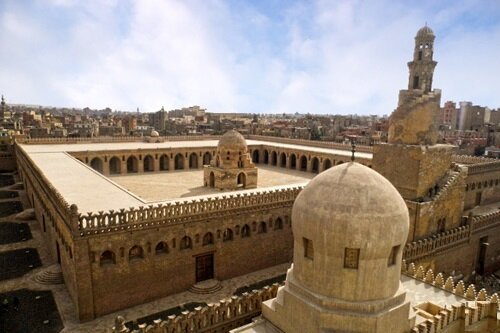
#islam#muslim#history#islamic history#history blog#mamluk#mamluks#abbasids#abbasid caliphate#ahmad ibn tulun#ahmad ibn tulun mosque#mosque#masjid
3 notes
·
View notes
Text
For those of you who know more Batman lore and/or world history than I do, would it make sense for Ra's al Ghul to have originated as an Egyptian Mamluk? I mean:
The Arabic name
The East Asian features (and ancestry in some versions) combined with light-colored eyes, which could indicate Turkic descent
The origin story as a physician at a sultan's court somewhere in North Africa between five and seven centuries ago
… all kinda add up to that, don't they? Not to mention that "The Last Mamluk" could work as a kickass nickname, akin to "The Clown Prince of Crime" for the Joker.
#batman#batman rogues#batman villains#ra's al ghul#dc comics#dc universe#dcu#the dcu#history#mamluks#egypt
4 notes
·
View notes
Text
youtube
2 notes
·
View notes
Text

“Ah Destane, he was like a father to me. Until I stole his power and his throne!
And then, I stole his humanity!”
HAPPY HALLOWEEN!! 🎃 For this spooky day I present my favourite Disney villain, Mozenrath raising his Mamluk army.
#aladdin#aladdin the animated series#disney villains#mozenrath#mamluks#halloween#magic#necromancy#inktober#pens#fanart#my art
24 notes
·
View notes
Text
Meu vizinho dotado goza no copo
Busty teen Stella Cox hardcore anal
Chinese fuck love
Ebony sissy fucks dildo doggy
Levando de quatro, ladinho e frango
Coroa cavala dando buceta e cuzinho
Puta safada cavalgando no macho
Rica cogida en fin de semana
Dangler riding in different positions with sensational sweetie Natalie Lust
teen fun
#mamluks#Gerardo#unphlegmatic#quintans#besmirchment#semipacifistic#perinephric#fanner#crenulation#autorhythmus#coal-fired#basidorsal#macerated#Kioga#mopuses#skyrocket#hendrix#lizgedit#vacantheartedness#Tiffanie
0 notes
Text
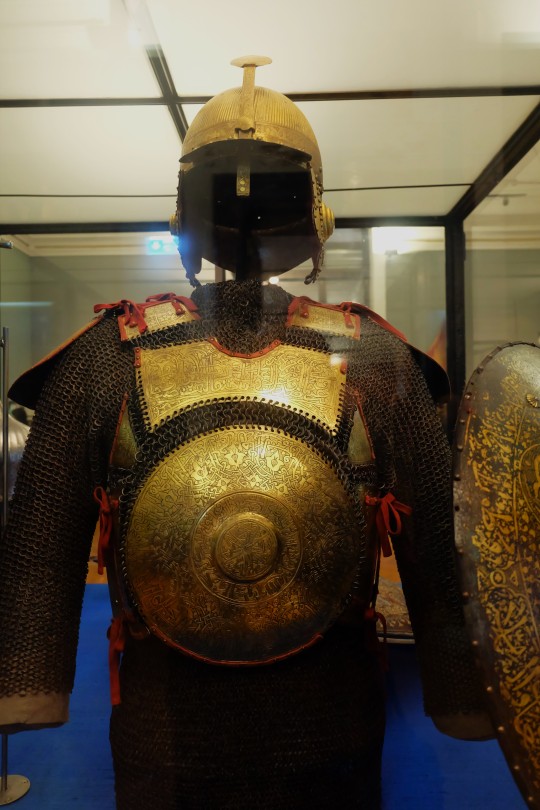
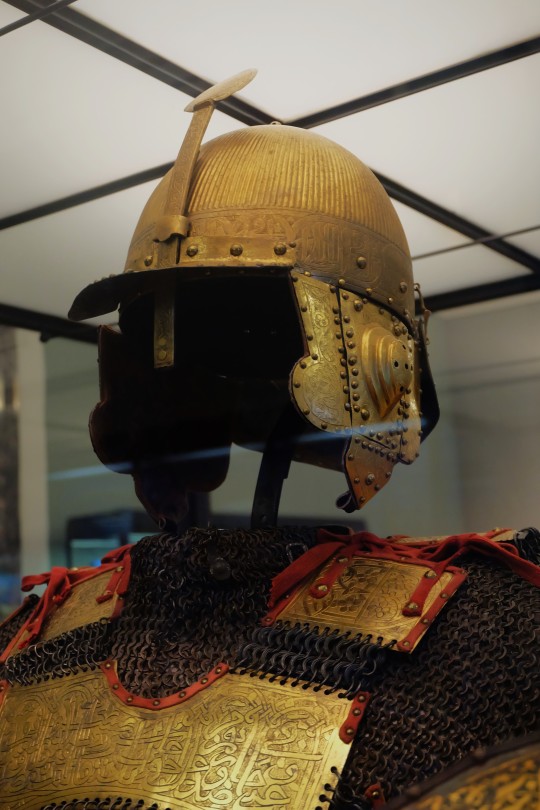

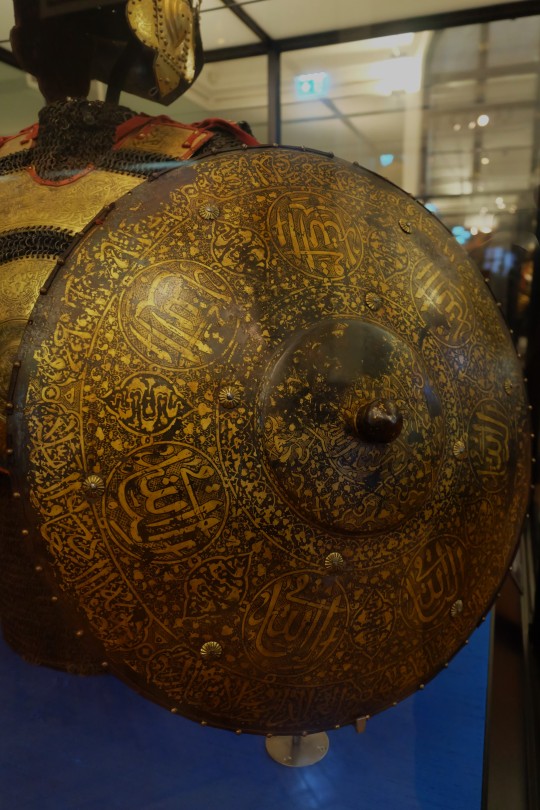
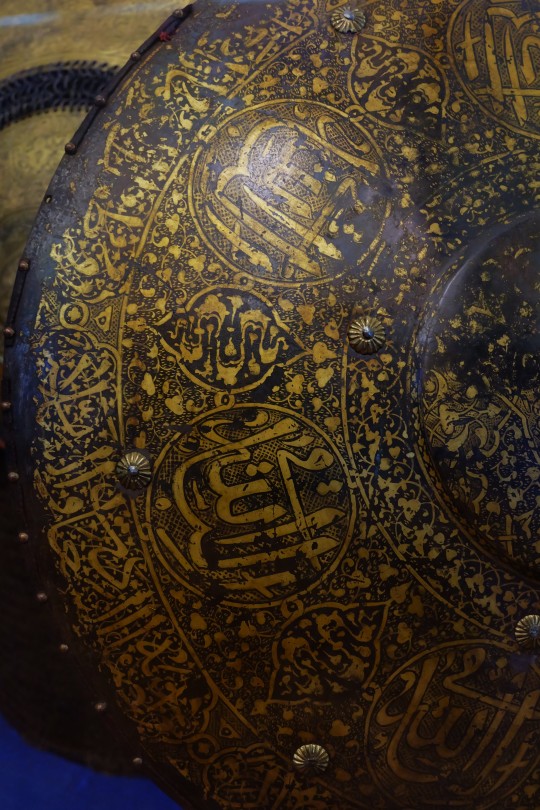
Mamluk Armour from Syria dated to the Early 16th Century on display at the Weltmuseum in Vienna, Austria
Photographs taken by myself 2022
#art#armour#military history#cavalry#fashion#16th century#renaissance#syria#syrian#mamluk sultanate#weltmuseum#vienna#barbucomedie
80 notes
·
View notes
Text

Napoleon at the Battle of Mount Tabor, 16 April 1799 (detail)
by Louis-François Lejeune
#napoléon#napoleon#bonaparte#battle of mount tabor#art#louis françois lejeune#napoleon bonaparte#napoléon bonaparte#history#france#french#ottoman empire#ottoman#mamluks#mamluk#french revolutionary wars#middle east#landscape#napoleonic#campaign#syria#egypt#palestine#israel#horse#marengo#asia#europe#european
84 notes
·
View notes
Photo

Palmyra Castle, Syria,
Also known as Fakhr-al-Din al-Ma'ani Castle or Tadmur Castle,
Built in the 13th century by Mamluks.
#art#design#architecture#castle#fortress#palmyra castle#syria#tadmur castle#mamluk#13th century#style#history#desert#fakhr-al-din
1K notes
·
View notes
Text
Time Travel Question : Medievalish History 8 and Earlier
These Questions are the result of suggestions from the previous iteration.
This category may include suggestions made too late to fall into the correct earlier time grouping. Basically, I'd already moved on to human history, but I'd periodically get a pre-homin suggestion, hence the occasional random item waaay out of it's time period, rather than reopen the category.
In some cases a culture lasted a really long time and I grouped them by whether it was likely the later or earlier grouping made the most sense with the information I had. (Invention ofs tend to fall in an earlier grouping if it's still open. Ones that imply height of or just before something tend to get grouped later, but not always. Sometimes I'll split two different things from the same culture into different polls because they involve separate research goals or the like).
Please add new suggestions below if you have them for future consideration. All cultures and time periods welcome.
#Neolithic#Anatolian#Ancient World#Bible#Isaiah#Prophets#Phoenicians#Proto-Ancient Religion#Pre-Mamluk#Hinduism#History of Religion#History of India#Middle Ages#Religious History#The Pictish Beast#Picts#History of Music#Cathedrals#1000 BCE#Ancient Israel#Slavic People#100 BCE#Petroglyphs#Paleolithic
55 notes
·
View notes
Text
As the finale for today's posts, this article has a general survey of Black Mamluk forces in medieval and early modern Islamic history:
0 notes
Link
18 notes
·
View notes